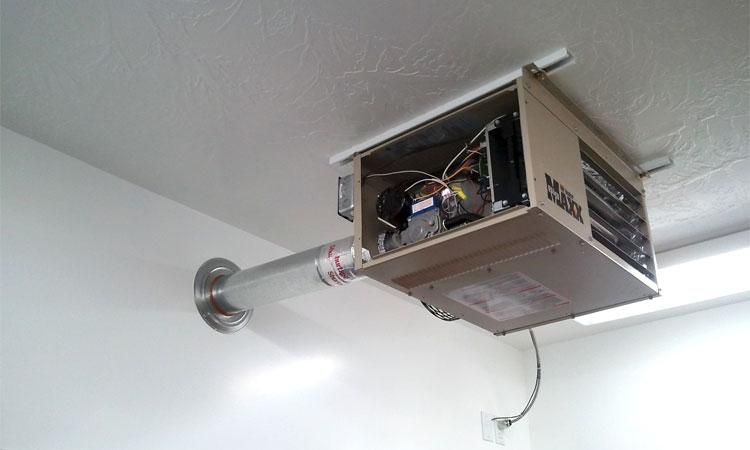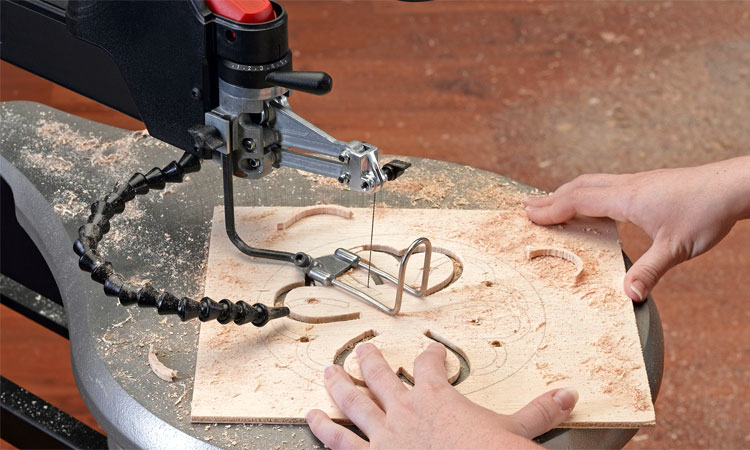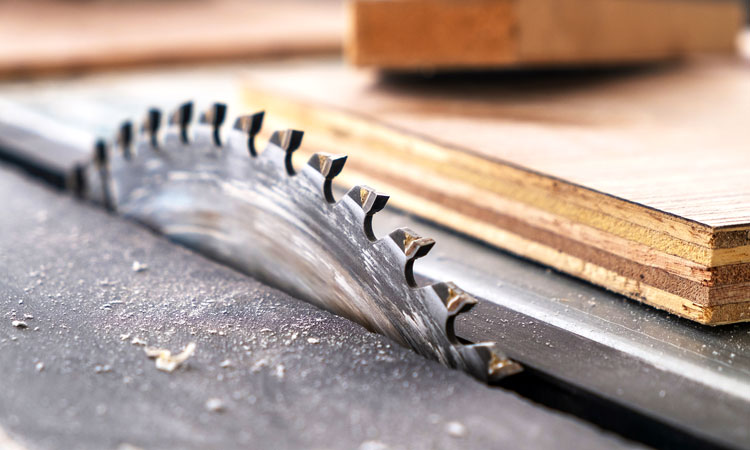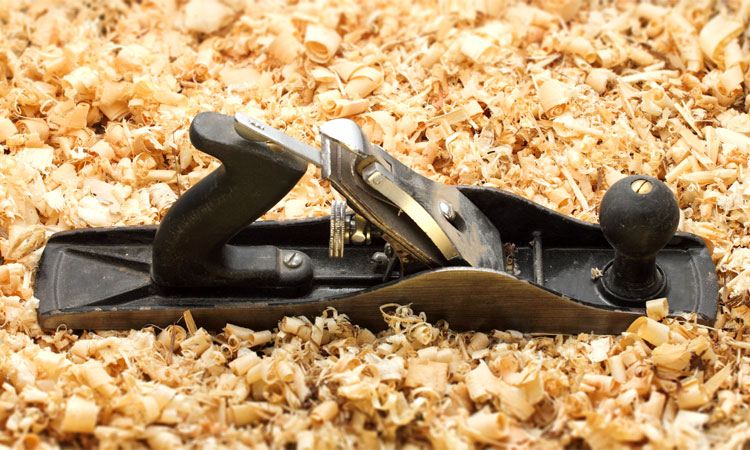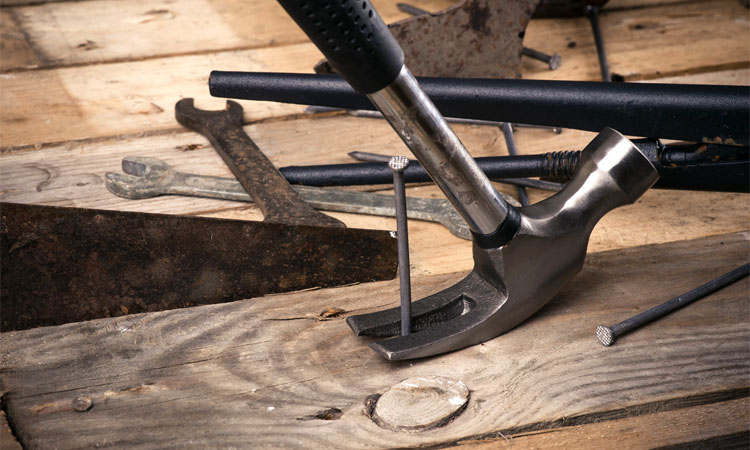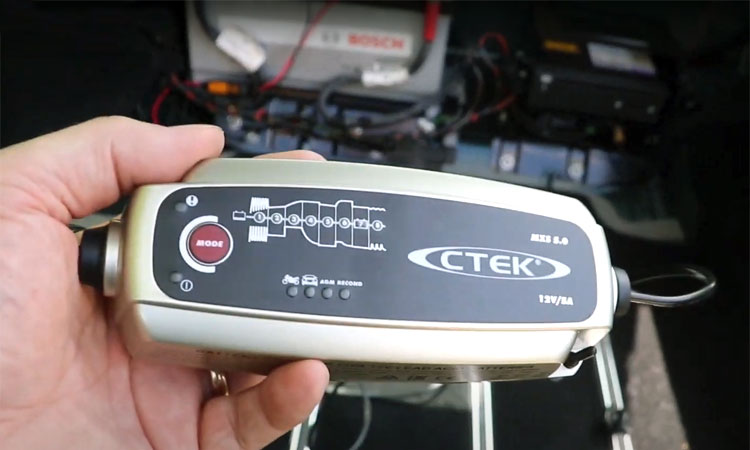6 Best Air Compressor Hoses That Won’t Kink
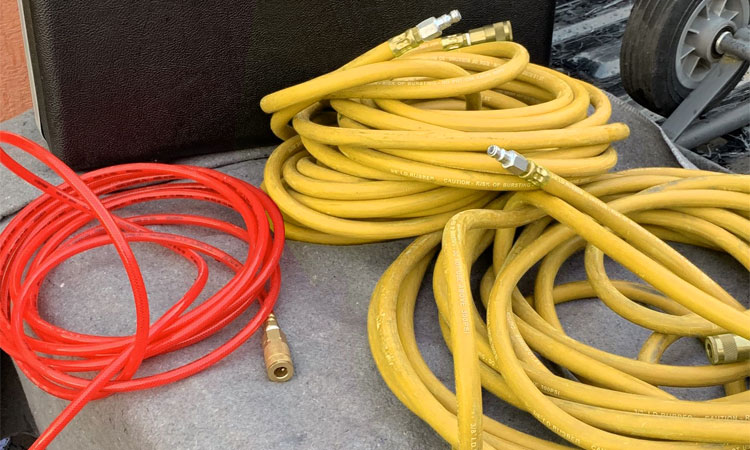
Think that any air hose will do for your new compressor? Think again. With the amount of time most people spend researching and reading air compressor reviews, the air hose usually isn’t given much thought.
Most good compressors don’t include an air hose and some of the lower end models include a low quality coiled air hose (typically cheap PVC).
Instead of being frustrated because you bought the cheapest air compressor hose that your local big box home improvement store carries, just get a high quality hose off the bat.
Fortunately, the best air compressor hose really won’t cost much and will be frustration-free for the most part.
Our 6 Favorites
| Product | Material | Length Avail. | PSI | Working Temp | Weight (50') | |
|---|---|---|---|---|---|---|
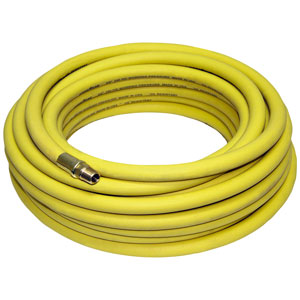 | Goodyear | Rubber | 25/50' | 250 | -40 to 190° F | 7 lbs |
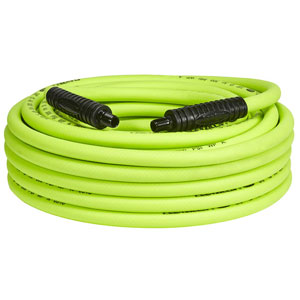 | Flexzilla | Hybrid Polymer | 25/35/50/100' | 300 | -40 to 140° F | 5 lbs |
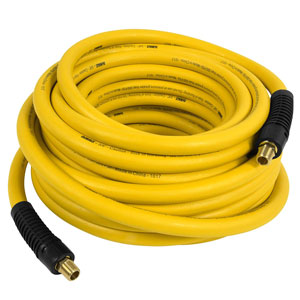 | DeWalt | Rubber | 50' | 300 | -40 to 150° F | 8 lbs |
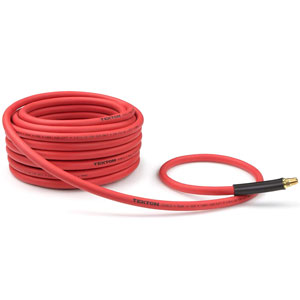 | Tekton | Hybrid Polymer | 25/50' | 300 | -25 to 120° F | 5 lbs |
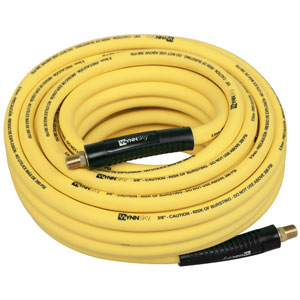 | WYNNsky | Rubber/PVC | 25/50/100' | 300 | -40 to 158° F | 5 lbs |
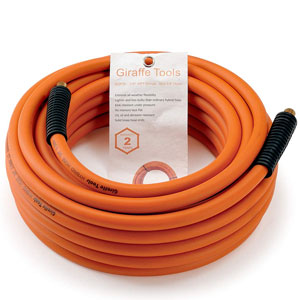 | Giraffe Tools | Rubber/PVC | 25/50' | 300 | -60 to 160° F | 5 lbs |
Individual Reviews
#1 – Goodyear 46505 3/8″ Rubber

Made in the USA out of high-quality, industrial grade reinforced rubber, this hose comes with a 10-year guarantee, allows for up to 250 PSI, and has been tested to function in -40 to 190 degree F temperatures (so basically it will work well anywhere on EARTH).
This newer model comes with bend restrictors on each end to prevent any kinks so it’s a slight improvement from previous versions. The hose will stay soft and flexible even in the coldest days of the year.
Rubber hoses are almost always preferred when working on cars. A good match to that pneumatic ratchet or impact wrench, or tire inflator.
Yes, it’s a sturdy rubber hose so it will be heavier than others and the surface will attract dirt due to its “stickiness” but you’ll quickly appreciate how easy it is to work with.
It comes in the standard Goodyear yellow but is also available in red. With some other rubber air hoses, the color actually rubs off on your hands but not with the Goodyear.
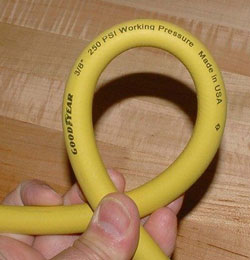
While a large majority of users have had zero issues with the Goodyear hose and think it’s the best heavy duty air hose out there, there have been a couple reports of a bubble developing in the rubber toward one of the connection points.
In addition, the 250 PSI max working pressure is slightly lower than others but it exceeds the normal 4:1 safety factor (burst to working pressure ratio). With most compressors topping out at 150 PSI, it’s as safe as it can be.
TIP: If you’re also planning to get a hose reel, check out our recommended retractable air hose reels. The Goodyear hose reel we like comes with this exact 50-ft air compressor hose so you’ll save some money.
>> Check current price <<
#2 – Flexzilla HFZ3850YW2 3/8″ Hybrid

Made of a hybrid polymer, the hose is lighter than rubber by almost 50% (a 50-foot reel weighs about 5 lbs), stays flexible even in the coldest temperatures, and works well in tighter spaces than a rubber air hose.
The lime green (actually referred to as “venom” green) is Flexzilla’s trademark and quite noticable. Rated up to 300 PSI, the Flexzilla air hose is available in 25′, 50′, and 100′ lengths (in 1/4″, 3/8″, and 1/2″ hose diameters). Users love its ability to stay flexible even in the middle of a Minnesota winter.
The standard end fittings (you can easily add quick-connect plugs later) are made of anodized aircraft aluminum which Flexzilla says is more durable than typical brass fittings.
Even though the company is based in the US, their air hoses are made in Taiwan. This isn’t necessarily a negative, but we just wanted to point that out.
While the manufacturer claims the hose is designed to lay flat and not have a memory, some users claim they have a problem with it getting twisted up fairly easily and the hose has a tendency to recoil itself. This is unfortunately the tradeoff with many hoses of this type.
But for flexibility, light weight, and durability, Flexzilla is hard to beat. While not often used in commercial settings, Flexzilla a favorite with homeowners and weekend mechanics and worth considering (especially if you live in cooler climates).
>> Check current price <<
#3 – DeWalt DXCM012-0201 3/8″ Rubber

The bright yellow DeWalt air hose can handle temperatures from a frigid negative 40 degrees up to a blistering 150 degrees Fahrenheit without losing shape or flexibility. Its quarter-inch fittings are all made of solid brass, so you never have to worry about corrosion.
Meanwhile, bend restrictors in the hose itself prevent kinking and reduce the amount of wear and tear caused from over-flexing. This extra-durable hose has a max PSI of 300 and features a 4:1 burst pressure to working pressure safety factor.
Read Also: One-Stage vs Two-Stage Air Compressor (Comparison)
With all of these great safety features, we have to wonder why this isn’t the official hose for Alaskan and Antarctic facilities!
As one of the best air hoses out there, this hose is a little heavier than some of the others in this list, but can also withstand a lot of abuse. The yellow coating makes this hose easy to spot in a busy workspace, reducing the risk of tripping or other accidents.
Unfortunately, this coating can scrape off over time, leading to perhaps the only drawback the DXCM012-0201 suffers from.
>> Check current price <<
#4 – Tekton 46137 3/8″ Hybrid

Like the Goodyear, this Tekton hose is made in the USA so you’re directly supporting an American company.
Thanks to the low-friction design you can’t get with 100% rubber hoses, you can slide the hose just about anywhere (even vertically) with ease. The solid brass end connectors provide a tight, corrosion-resistant fit to help prevent drops in air pressure.
The bend restrictors do a great job of balancing flex and resistance, and owners have noted little or no memory, allowing the hose to stay where you drop it.
The hose itself is quite durable and holds up really well in workshops where the temperature is known to fluctuate drastically.
As this material is a rubber hybrid, it’s not as light as a fully non-rubber material. This weight can become rather noticeable once you wrap all 50 feet up.
Additionally, a small number of users have reported leaks between the fittings and bend restrictors over time.
>> Check current price <<
#5 – WYNNsky TH1009 3/8″ Hybrid

Its double brass MNPT fittings and bend restrictors add more durability and a longer overall lifespan. Capable of up to 300 PSI, this hose comes with a one year limited warranty.
When you want a hose that’s easy to store and won’t leak, you shouldn’t hesitate to grab this hose. It has great durability without becoming too stiff.
The hose is rumored to suffer from memory issues, coiling up when there’s slack in the line. However, this is most likely due to twisting the line, as most owners claim it stays flat for them.
As a good budget air compressor hose, it’s a huge improvement over almost any hose that comes with an air compressor.
>> Check current price <<
#6 – Giraffe Tools 3/8″ Hybrid Rubber/PVC

The bright orange outer coating is easy to spot and resists dirt, while the anodized aircraft aluminum fittings are crush-resistant and provide a solid connection. To top it off, Giraffe Tools provide a two-year warranty.
The quality of this hose is surprisingly good for such a low cost option. There’s a bit of debate on whether the material has memory, but overall, it’s easy to uncoil and tends to lay flat.
The fittings are all nice and tight, and consumers love the bright safety orange of the outer layer.
If anything bad could be said about this air hose, it’s the initial smell. The material can come across as skunk juice in solid form. The smell does dissipate in time, but be prepared when you open that box if you have a sensitive nose.
>> Check current price <<
Rubber vs PVC vs Polyurethane
All compressors use a hose to channel the air through, which can be made of either rubber, PVC, polyurethane, or some of hybrid polymer combination.
Before choosing any ordinary air hose, you need to ask yourself what type of jobs you’ll most often be doing and under what conditions they’ll be performed. Factors like temperature and pressure must be taken into consideration in order for you to make the right decision.
Rubber and polyurethane hoses are similar in some ways, but for the most part each of them works best on different tasks. PVC hoses are the economy choice and typically come with cheap air compressors but they’re usually not recommended for regular use.
It’s a good idea to take a look at the air hose material that commercial air hose reels use. More often than not, these are the hoses which professionals will recommend.
Types of Material
 Rubber
Rubber
These are what we believe to be the best air compressor hose for the garage (whether residential or commercial). They’ve been around for a long time and are made of synthetic rubber and braided or spiraled yarn rubber both inside and out.
While heavy, they are the most flexible out of all the materials (even in the coldest temps), extremely durable, will never kink, are easy to coil and uncoil, and simple to fix in the slight chance a leak develops.
The only other downside is that rubber tends to pick up a lot of dirt as it’s dragged along the floor. Match up a good rubber air hose with a wall or ceiling mounted hose reel and you have a winning combination.
 Hybrid
Hybrid
There are various types of hybrid air hoses usually consisting of a rubber/PVC blend or other hybrid polymer.
They combine some of the durability and flexibility you get with rubber but with a lighter weight to make them easier to work with. In addition, they don’t attract as much dirt.
Flexzilla is by far the best known brand of hybrid air hoses and their hoses are most popular with homeowners.
While 100% rubber hoses can’t really be improved upon, the synthetic materials in hybrid hoses continue to improve.
 PVC (Polyvinyl Chloride)
PVC (Polyvinyl Chloride)
PVC hoses are normally the most economical choice but the material is more stiff that the others and using it in cooler temperatures makes it even worse.
They are made of a black PVC compound that is used on the inner tube with a high strength polyester spiral for reinforcement.
They are also difficult to uncoil, hard to fix, and almost impossible to lay flat while in use. Simply put, stay away from 100% PVC air compressor hoses.
PVC air hoses are not a good choice. If the new air compressor you just bought includes a PVC hose, do yourself a favor and upgrade to a rubber or hybrid air hose ASAP.
 Polyurethane
Polyurethane
While this hose may look similar to PVC, it performs much better. Polyurethane hoses are light, flexible (even in cooler temps), and easy to fix if a leak due to puncture develops.
Because of their light weight and low drag from the smooth surface, they’re a great choice if you plan on using your compressor outdoors such as for framing or working on a roof where they can slide along easier.
Diameter and Length
Once you decide on an air hose material, you’ll also need to determine the hose diameter and length you’ll need.
- 3/8″ air hoses are the most popular as you are future proofing in case you’ll need some air-hungry tools down the road.
- 1/4″ hoses still have their uses though, especially on lower-end compressors or airbrushing, using a brad nailer or blowgun.
- 1/2″ air hoses are also available but you’ll need a large, powerful air compressor since you need to move a lot more air volume.
Deciding on the air hose length is pretty straightforward. Unless you have a very large shop or garage or working outside a lot, a 25 or 50 foot air hose will be what you’ll probably want.
Keep in mind that the longer the hose, the more airflow restrictions there will be inside and the more powerful a compressor you’ll need.
See Also: What Size Air Compressor Do You Need?

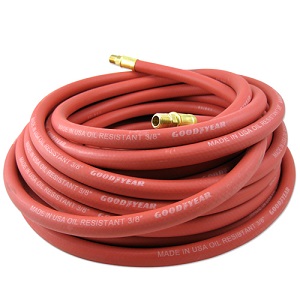 Rubber
Rubber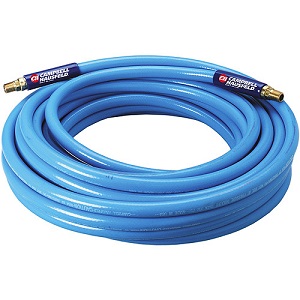 PVC (Polyvinyl Chloride)
PVC (Polyvinyl Chloride)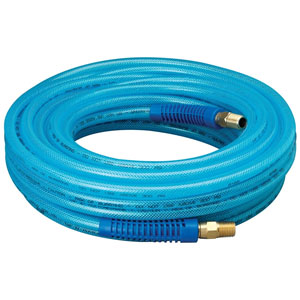 Polyurethane
Polyurethane